One thing that always stumped me was the difference between whipped icing and buttercream. They both look so creamy and delicious, but they behave so differently when it comes to frosting a cake.

If you’ve ever found yourself in a similar predicament, this article is for you. We’ll delve into the nitty-gritty of these two popular frostings, comparing their taste, texture, stability, and much more. So, let’s get started!
In this article:
What is Whipped Icing?
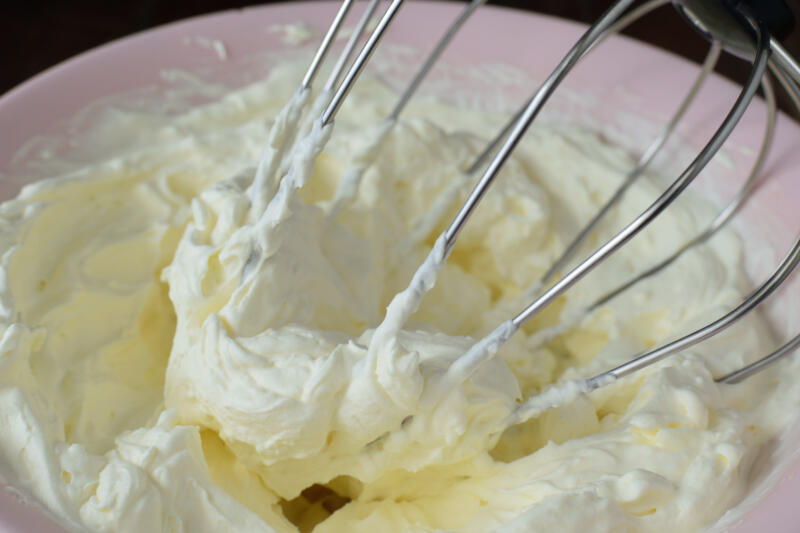
Whipped icing, a delightful treat that graces the tops of our favorite cakes and cupcakes, is a light and airy type of frosting that is as delicious as it is versatile.
The main ingredients that give whipped icing its signature light and fluffy texture are heavy whipping cream, powdered sugar, flavoring, and a stabilizer like cream of tartar.
Creating whipped icing entails vigorously beating heavy whipping cream until it reaches a soft, billowy texture.
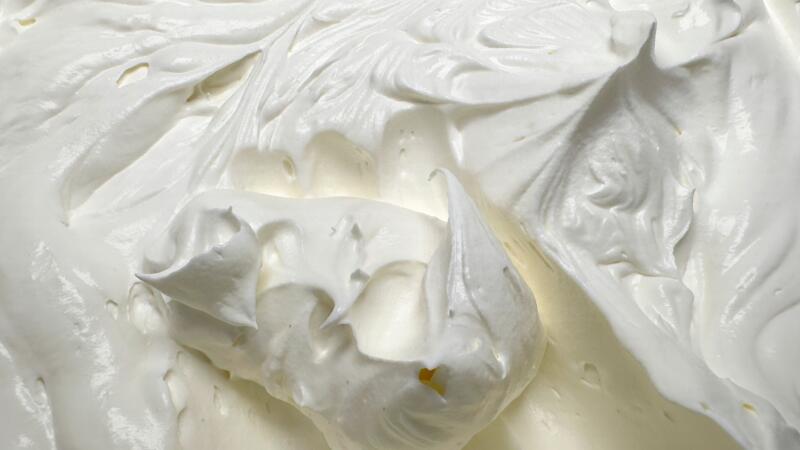
Then, powdered sugar and flavoring are gradually added to sweeten and enhance the taste. Cream of tartar is often incorporated to stabilize the mixture and maintain its fluffy consistency.
The result is a delicate texture that is lighter than most frostings, with a unique taste that is subtly sweet and creamy. This is largely due to the use of heavy cream, which contributes a rich and velvety flavor that is not overly sweet.
However, while whipped icing is perfect for a simple and elegant finish on cakes and cupcakes, it may not be the best choice for intricate frosting designs.
Its light consistency can make it challenging to hold up under the weight of detailed piping or heavy decorations. But for those who prefer a lighter, less sweet frosting, whipped icing is an excellent choice.
Iconic Desserts Featuring Whipped Icing
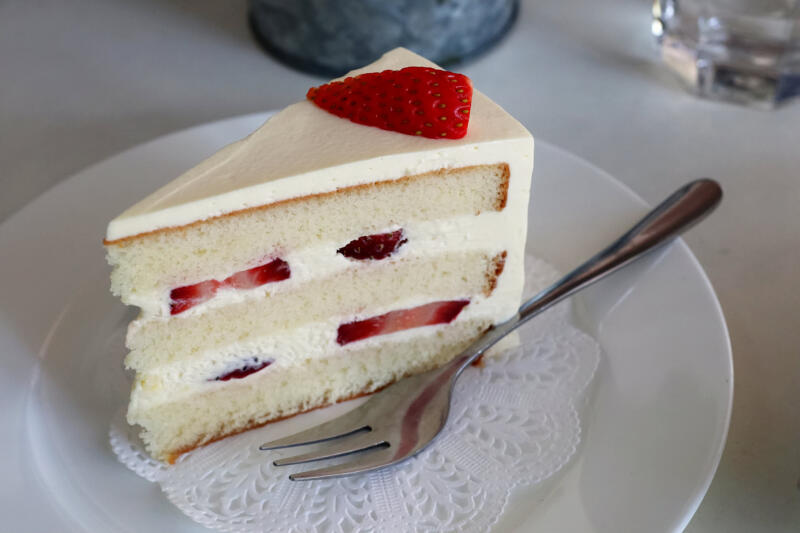
Many beloved cakes utilize whipped cream frosting due to its light and airy texture, providing a delightful contrast to denser, richer cake bases. Here are a few well-known cakes:
- Black Forest Cake: This classic German cake is made with layers of chocolate sponge cake sandwiched with whipped cream and cherries.
- Strawberry Shortcake: Typically features layers of sponge cake, fresh strawberries, and generous dollops of whipped cream.
- Tres Leches Cake: A Latin American favorite, this moist cake is often topped with a light whipped cream frosting to complement its milky interior.
- Red Velvet Cake: While traditionally paired with cream cheese frosting, some variations use whipped cream for a lighter alternative.
- Pavlova: Though technically a meringue, not a cake, pavlovas are often paired with whipped cream and fresh fruit, presenting a delightful dessert option.
- Mango Cake: Whipped cream is commonly used to frost mango cakes, providing a light, airy contrast to the sweet, fruity mango flavor.
- Japanese Strawberry Shortcake: A light and fluffy sponge cake layered with fresh strawberries and whipped cream.
What is Buttercream?
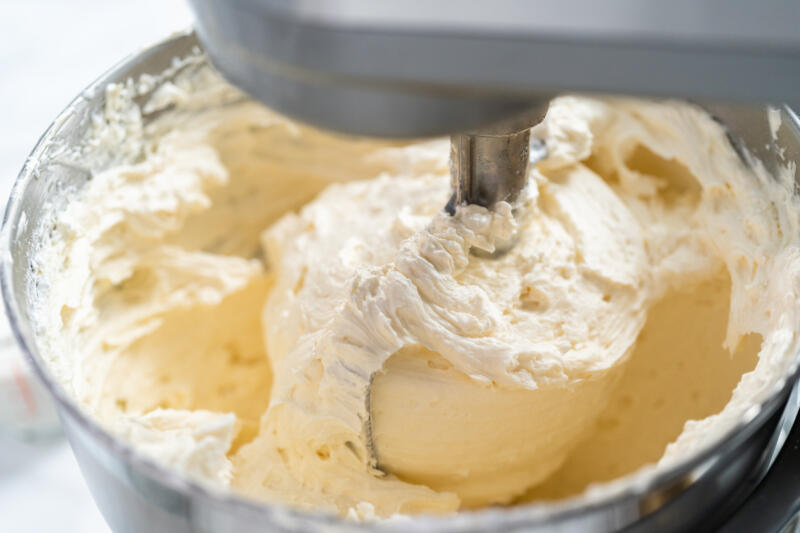
Buttercream is a creamy and rich frosting that is known for its smooth texture and versatility.
The main components of buttercream are powdered sugar and butter, with the ratio of sugar to butter varying depending on the desired consistency and sweetness.
Unsalted butter is often used to allow the sweet flavor of the sugar to shine through.
Making buttercream involves beating softened butter until it becomes creamy. The powdered sugar is then gradually incorporated, being fully mixed with the butter to create a smooth and creamy texture.
The result is a frosting that is rich, sweet, and perfect for a variety of baking applications.
Types of Buttercream
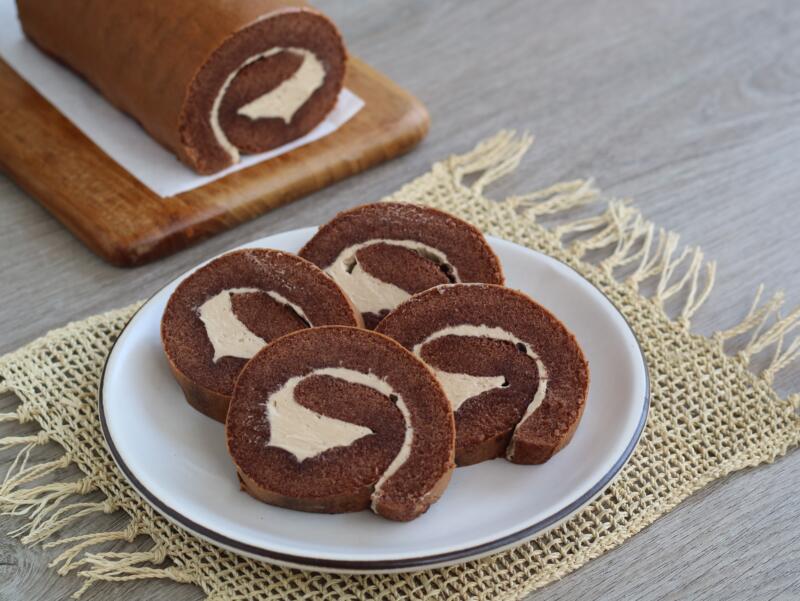
There are several types of buttercream that you might encounter:
- American buttercream: Known for its simplicity and sweetness, American buttercream is made with just butter, powdered sugar, and a touch of milk or cream.
- Swiss buttercream: This type involves cooking a sugar syrup and adding it to whipped egg whites before incorporating butter, resulting in a frosting that is lighter and less sweet.
- Italian buttercream: Similar to Swiss buttercream, Italian buttercream also involves sugar syrup. However, the syrup is added to the egg whites while they’re being whipped, leading to a meringue-like consistency before the butter is added.
- French buttercream: Made with egg yolks instead of egg whites, French buttercream is rich and decadent, with a velvety texture that is truly indulgent.
Each type of buttercream offers its own unique flavor and texture, making it a versatile choice for frosting cakes, piping decorations, and even filling pastries.
Iconic Desserts Featuring Buttercream
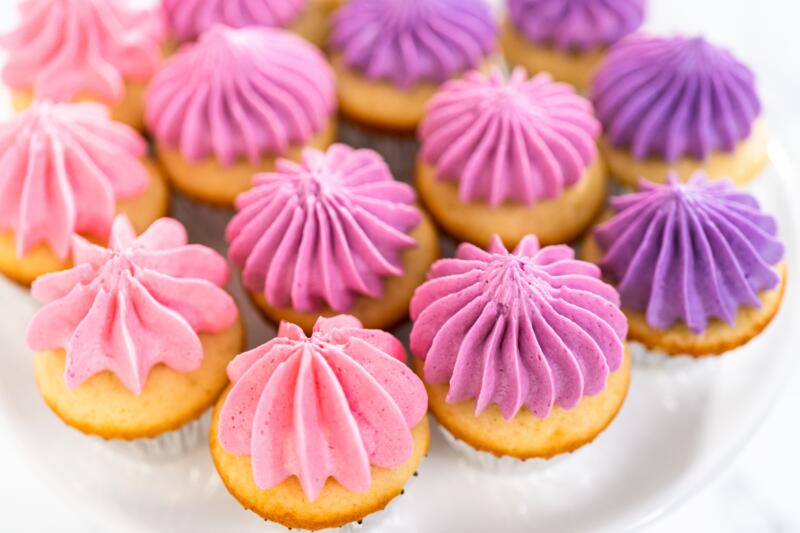
Buttercream frosting is incredibly popular in a variety of desserts due to its rich, creamy texture and versatility in flavor adaptations. Here are some famous desserts that frequently feature buttercream:
- Cupcakes: Various cupcakes use buttercream frosting, which can be flavored and colored in numerous ways to suit the theme or particular taste profile.
- Wedding Cakes: Many wedding cakes are adorned with buttercream due to its smooth texture, which can be easily tinted and piped into elaborate designs.
- Birthday Cakes: Buttercream is often the go-to frosting for birthday cakes since it holds up well to decoration and can be easily flavored and colored.
- Carrot Cake: While cream cheese frosting is classic, some variations of carrot cake are topped with a rich buttercream frosting.
- Swiss Rolls: Some Swiss rolls are filled or topped with buttercream, offering a sweet, creamy contrast to the soft sponge cake.
- Macarons: French macarons often have a buttercream filling, which can be infused with various flavors like vanilla, chocolate, or fruit.
- Buttercream Cookies: Some cookies are either sandwiched with or dipped in buttercream for an extra indulgent treat.
- Eclairs: While traditionally filled with pastry cream, some variations of eclairs use a flavored buttercream for a rich, sweet filling.
- Opera Cake: A French dessert that features layers of almond sponge cake soaked in coffee syrup, layered with ganache and coffee buttercream.
Differences Between Whipped Icing and Buttercream
When it comes to choosing between whipped icing and buttercream, it’s not just about the taste. The texture, stability, and application of these frostings also play a significant role in determining which one to use.
1. Taste and Texture Comparison
The taste and texture of whipped icing and buttercream are distinctly different.
Whipped icing is known for its delicate, airy texture and a sweetness that is subtle rather than overpowering. It’s light on the palate and doesn’t leave a heavy aftertaste.
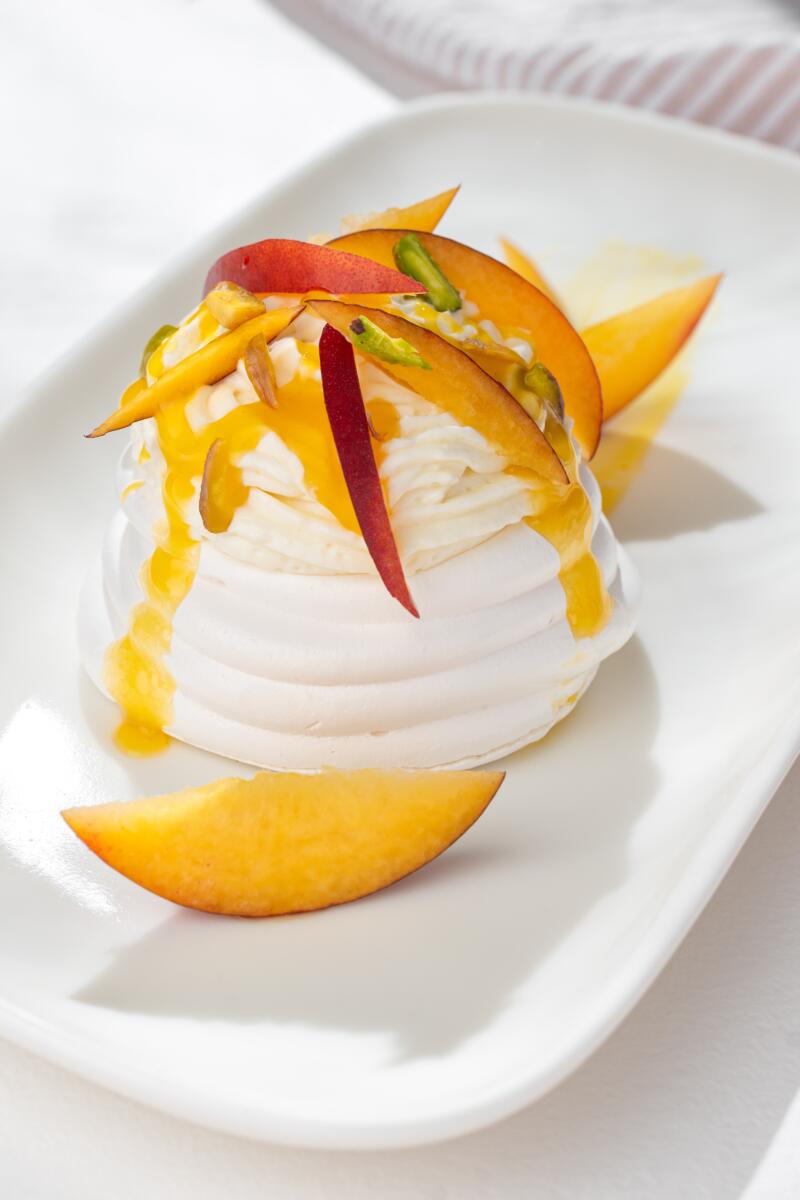
On the other hand, buttercream boasts a creamy, smooth texture that is rich and buttery. Its flavor is more pronounced, offering a sweet and indulgent experience that is hard to resist.
2. Stability and Structure
In terms of stability and structure, whipped icing and buttercream differ significantly.
Whipped icing, due to its light and airy nature, is not as stable as buttercream, especially when exposed to heat or left out for an extended period of time.
It tends to lose its volume and can become runny, which is not ideal if you need your frosting to hold up for a while.
Buttercream, with its denser texture, holds its shape much better. It’s more resilient to temperature changes and is excellent for delicate piping work, making it a favorite among professional bakers and decorators.
3. Application and Use
The use of whipped icing and buttercream also varies based on their structures.
Buttercream, due to its stability and rich flavor, is commonly used as a filling and icing for cakes, cupcakes, and cookies.
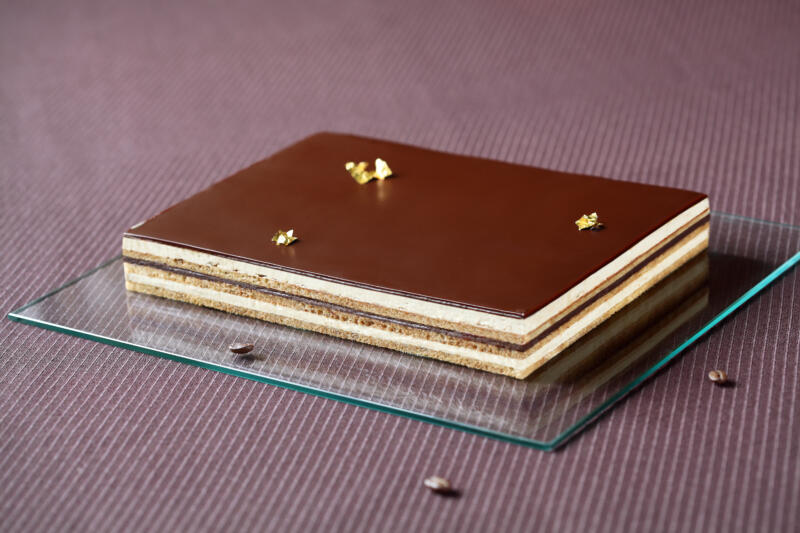
It can also be piped into beautiful decorations, making it a versatile choice for various baking projects.
Whipped icing, with its lighter texture, works well as a dip for fruits and pastries, and as a topping for cakes and pies. However, its lack of stability makes it less suitable for intricate designs or decorations.
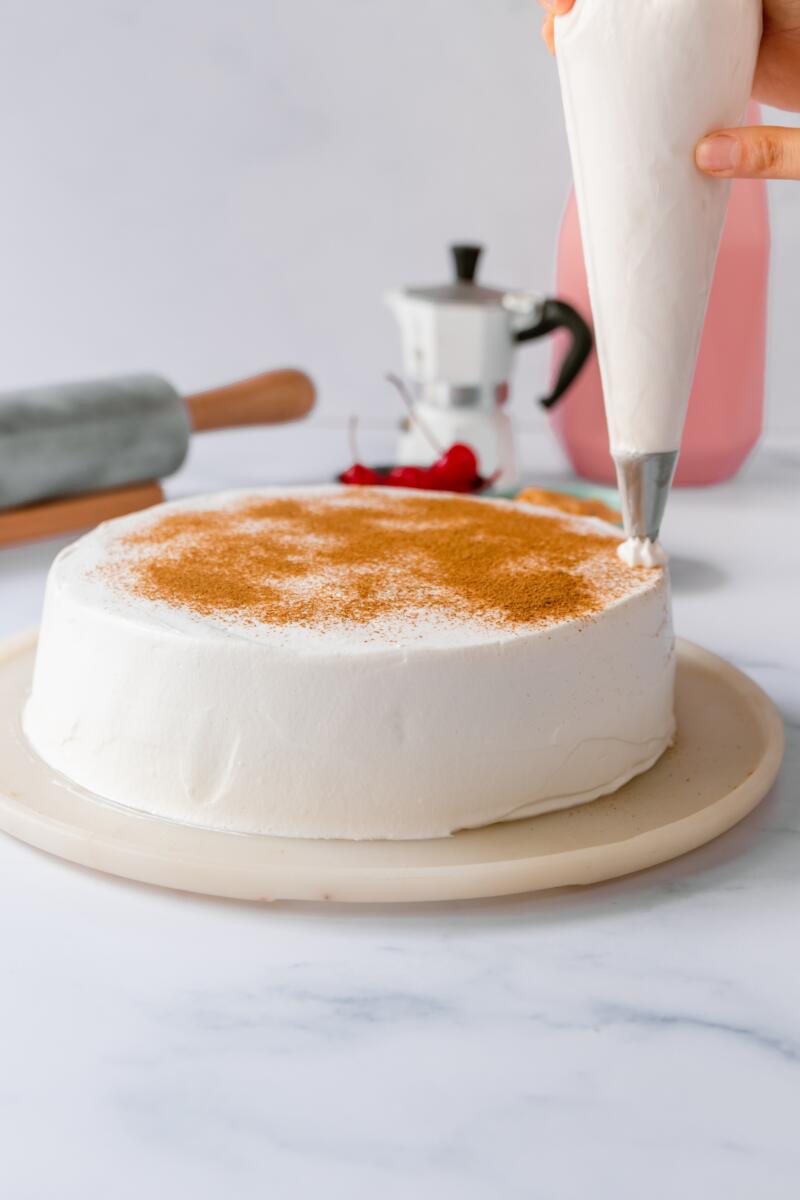
4. Variations and Flavors
Both whipped icing and buttercream offer a variety of flavors to cater to different taste preferences.
Whipped icing, while primarily flavored with essences and extracts such as vanilla, almond, or peppermint, can also be enhanced with citrus zest or spices for a unique twist.
However, it’s important to note that adding too much liquid to whipped icing can affect its light and airy texture.
Buttercream, on the other hand, offers a wider range of flavor possibilities.
In addition to essences and extracts, buttercream can be flavored with fruit purees, cocoa powder, and even caramel.
These additions not only impart a distinct taste but can also subtly alter the texture of the buttercream. For instance, adding fruit purees can make the buttercream slightly more moist and soft, while cocoa powder can give it a thicker, richer texture.
Alternatives to Buttercream and Whipped Icing
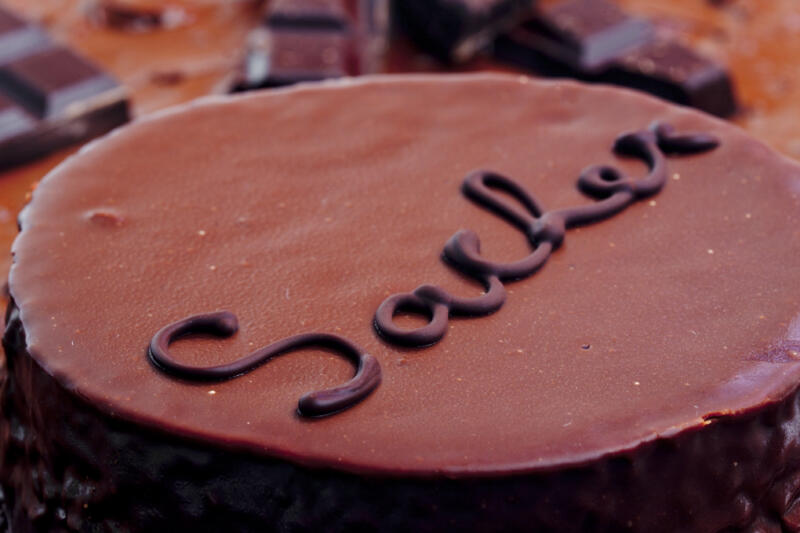
While buttercream and whipped icing are popular choices for frosting, there are other alternatives that bakers might prefer for different reasons.
One such alternative is ganache, a mixture of chocolate and cream that sets up firm and smooth.
Ganache is often favored for its rich taste and the smooth finish it provides, especially under fondant. It’s also versatile, as it can be whipped for a lighter texture or used in its glossy state for a luxurious, shiny finish.
Whether you’re looking for a frosting that’s light and airy, rich and creamy, or smooth and glossy, there’s a perfect option out there for every baker and every cake.
Closing Thoughts
We’ve covered a lot of ground in this article, from the basic definitions of whipped icing and buttercream to their differences in taste, texture, stability, and use.
We’ve even explored the various flavors and alternatives to these two popular frostings.
Whether you’re a seasoned baker or a beginner, understanding these differences can help you choose the right frosting for your next baking project.
Have fun with it! If you have any questions or comments, or if you’d like to share your own experiences with whipped icing and buttercream, feel free to leave a comment below.